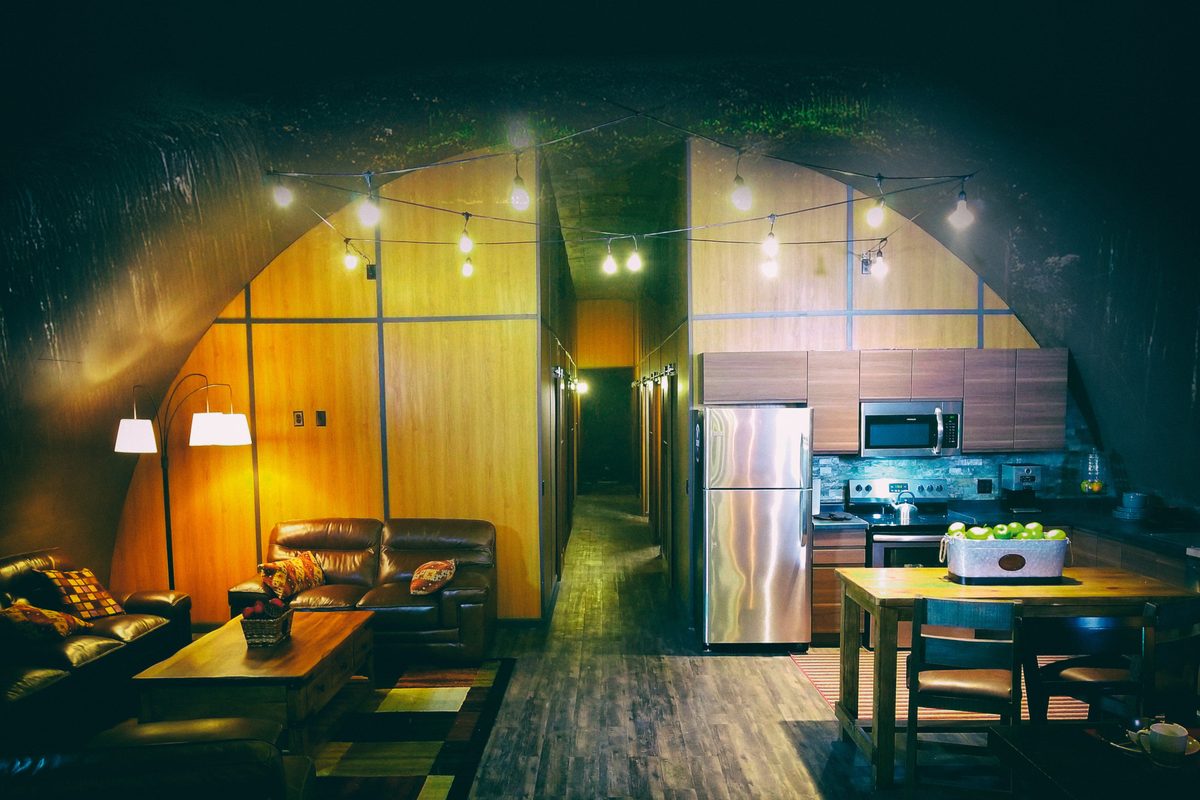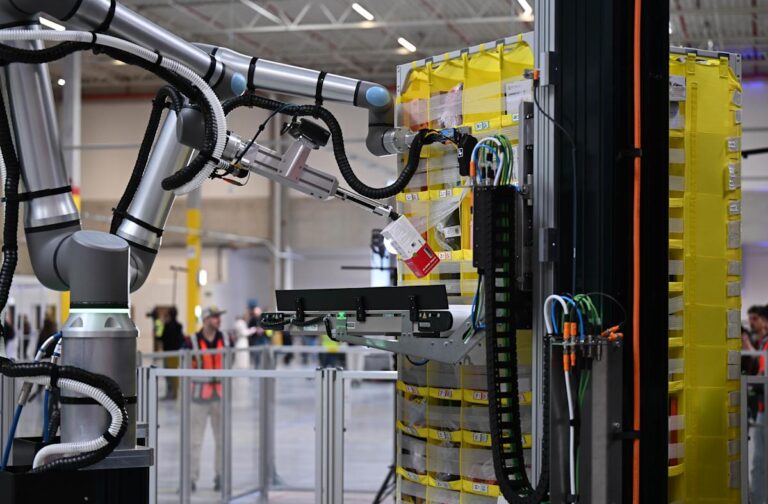In February 2025, the University of Chicago scientists adjusted the Doomsday Clock to a precarious 89 seconds to midnight, a symbolic indicator of humanity’s existential dangers. This alarming proximity underscores growing global uncertainties, including the urgent climate crisis, the advance of artificial intelligence, and the resurgence of diseases like bird flu. As fears about potential apocalyptic scenarios rise, more individuals are embracing doomsday preparedness.
Emerging Trends in Bunker Construction
Around the world, both individuals and governments are investing in underground shelters designed to provide resilience in the face of disasters. Noteworthy figures such as Mark Zuckerberg and Bill Gates are reportedly constructing extensive bunkers, replete with food and energy supplies. However, this phenomenon is not limited to the wealthy; various countries are evaluating their own underground networks. For example, Switzerland boasts around 360,000 underground shelters capable of housing over 9 million citizens, a legacy of a 1963 law granting every Swiss citizen access to shelter.
Innovative Civil Defense in Finland
Helsinki sets the standard for urban underground safety as the city incorporates extensive civil defense networks into everyday life, featuring swimming pools and restaurants within its shelters. Meanwhile, experts in the UK express concern that many Cold War-era bunkers no longer meet current safety standards, prompting citizens to seek specialized firms for their own personalized underground spaces.
Market Shift in Safety Solutions
Paul Weldon of The Panic Room Company notes a significant shift in market demand, with inquiries for underground shelters increasing since the onset of the Ukraine conflict. “Shopping for shelter is evolving,” he states. “We’re receiving requests from average homeowners seeking enhanced security for existing basements.” He emphasizes that most clients view these structures as short-term refuges against floods or civil unrest, rather than extreme nuclear scenarios.
Core Elements of Effective Shelters
For those contemplating their own underground fortresses, key considerations include:
- Size: A recommended shelter size of approximately 8 x 4 meters is suggested for adequate comfort.
- Materials: Reinforced concrete is favored for its protective qualities.
- Air Supply: High-efficiency particulate air (HEPA) filters can ensure clean air, complemented by overpressure systems to keep contaminants out.
- Power: Reliable energy sources, such as solar panels or backup generators, are vital for sustaining modern conveniences.
Essential Supplies for Survival
Emergency preparedness experts recommend stocking specific supplies to enhance chances of survival:
- Water: Aim for at least 3 liters daily per person for drinking and hygiene.
- Food: Long-lasting options, including canned and freeze-dried foods, should form the basis of your stockpile.
- Emergency Kit: Include items like batteries, first aid supplies, and essential medications.
Preparing for the Unknown
While the notion of doomsday prepping might evoke stereotypes, professionals stress that it reflects a proactive mindset. “It’s not merely about planning for the end of the world,” says Weldon. “It’s about ensuring safety and comfort during uncertain times.” As global tensions and environmental challenges continue to escalate, equipping oneself for unexpected disruptions becomes more critical than ever.
Engaging with this emerging trend not only prepares individuals for potential emergencies but also highlights the importance of civil resilience in an increasingly unpredictable world.







